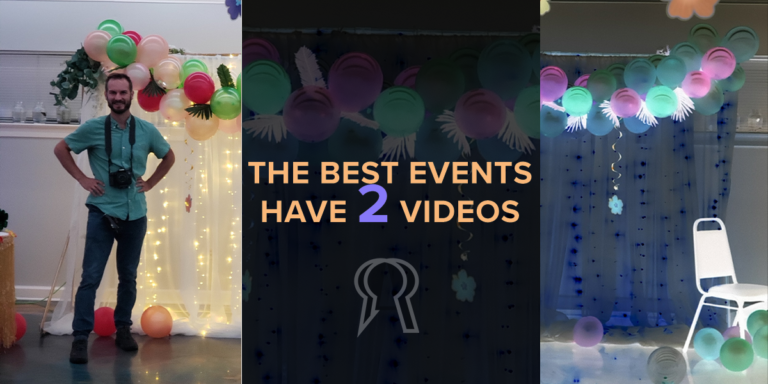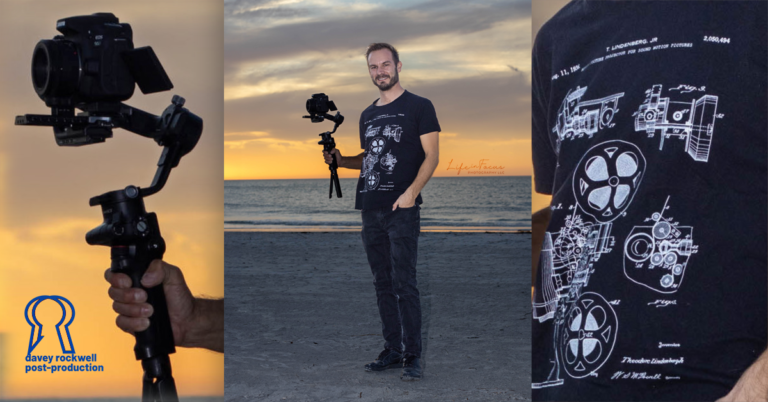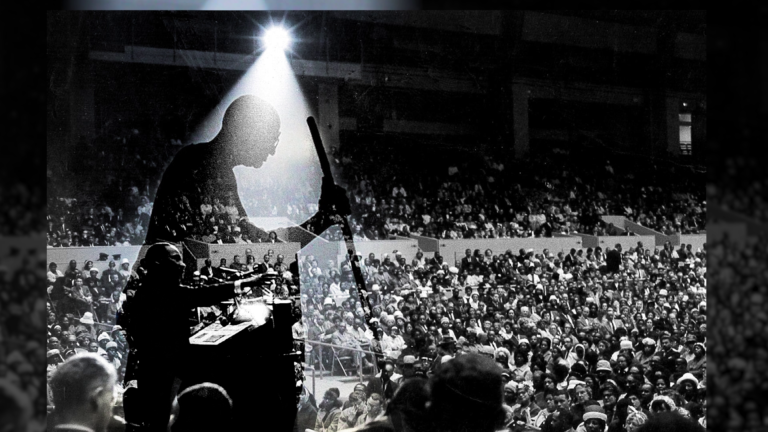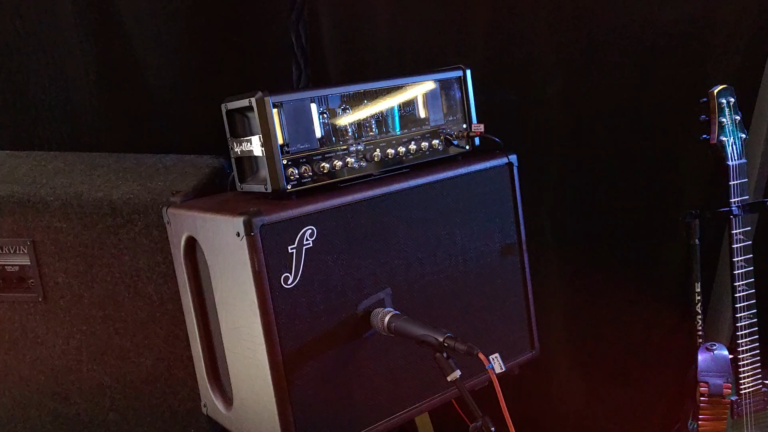Content Incubator Class 2
If you have ever dreamed that your job or passion would be a great reality TV program, you will be interested in learning how to structure drama on screen.
Reality TV “style” is also a sought after method for advertisers as it fits products or services into an authentic “real world” usage scenario. If done skillfully, it also makes advertisements slightly entertaining which in turn makes them memorable and leads to more sales.
From the perspective of a media professional, Davey Rockwell, would like to unveil some of the tricks used to manipulate video footage into a reality style program or advertisement. Students will attend a one-day seminar to watch Davey put together a scene right in front of them at Studio 131 Orange Lake.
Authenticity on Screen
Authentic representations of people on screen in moving pictures are important. A moment that has been captured in real life in the form of documentary or reality can be changed too easily to call anything true documentary. True documentary often wouldn’t be interesting enough to be memorable. Filmmakers have struggled with this since the medium was first used.
If you’re using the medium to advertise or promote, this entertainment value factor can lead to ethical dilemmas of truth. Think about claims of fake news to understand the complexity of this dilemma.
Most media consumers don’t think too much about it, but they should because this medium can be used against them if they are not careful and they are not smart media consumers. Davey Rockwell believes that through the process of becoming better media creators, his students will become better media consumers.
What is the Content Incubator
The Content Incubator gently introduces a few lesssons to students who lean more toward the consumer side of the media production spectrum. That is to say that they don’t make their living from media production. These students are not professional media creators, but people who see a benefit to utilizing video to better themselves, their business, their clients, or the world. In general, these are people who are interested in making their own video content for monetary purposes.
Lessons for Producing Content
Picking up from Episode 1, in the second part of the Content Incubator, students will learn three more lessons to help them create better video content. Theoretically, students should be able to take all 5 lessons from episodes 1 and 2, to create their own video.
Lesson 1 – The False Cliffhanger
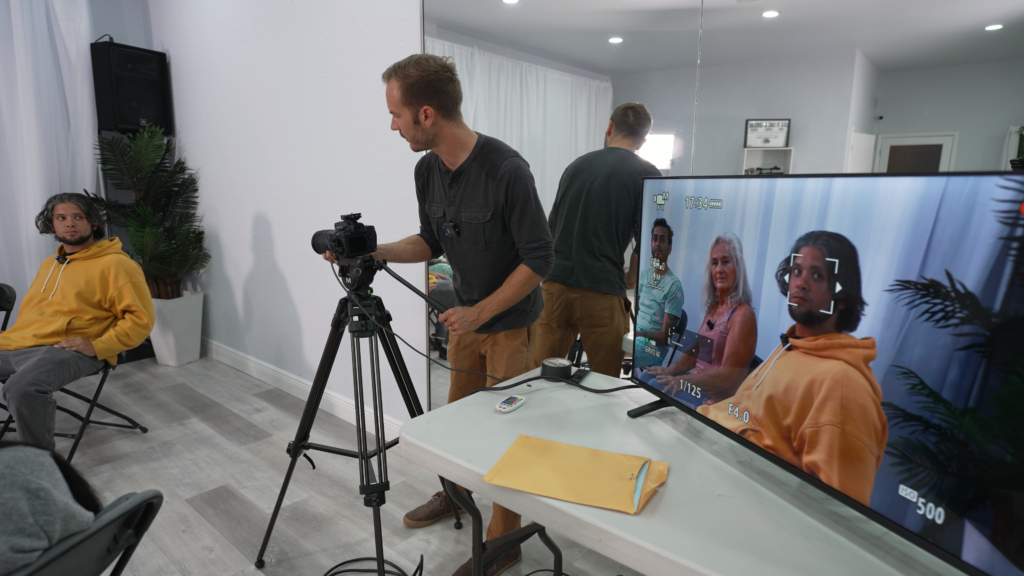
In order to keep butts in the seats, eyeballs glued to the screen and hands off the remote, media creators should learn to use a cliffhanger. Look for moments where you might wonder “What happens next?”
Filming a cliffhanger may only take a few seconds. But, in the editing room, you will stretch out the moment. Students will witness an example of this in action. Side note: Not all cliffhangers will have trememdous resolutions. Sometimes they will be “false” cliffhangers.
Concepts: Forming episodic content, Raising the stakes, Challenges of shooting outdoors
Lesson 2 – Screen Direction

Most people will never think about the importance of screen direction, but the concept is super important for filmmakers. In a controlled environment where you have a stage or a set, you may know exactly where your background is at all times. In a reality or documentary situation, it is important to avoid the gramatical error of flipping your background.
Students will witness an example of this concept in a conversational style scene that may be filmed at a store front where two people are speaking across a counter.
Concepts: The 180-degree rule, Cut-aways, Audio basics, Oral pitches
Lesson 3 – The Internal Monologue
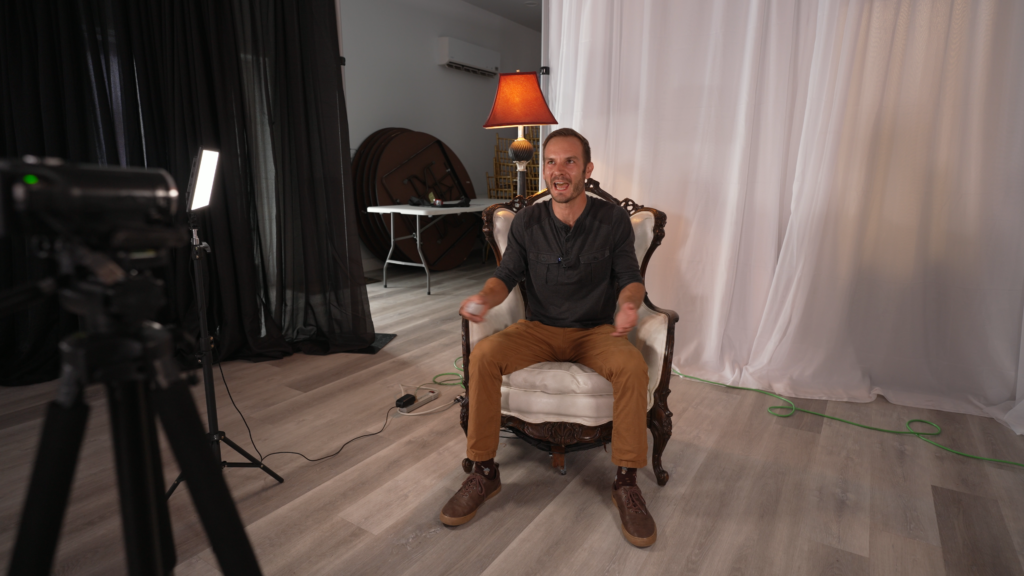
The internal monologue or talking head shot is where we will use the camera to create a safe place for a person to spill their guts. A shot like this is useful in reality TV for tying moments together as well as expressing internal thoughts that weren’t voiced in the moment. Internal monologues reveal information to the audience in a very personal way and as a result create a strong connection between the on-screen personality and the viewer.
Businesses may use this style of shot to record a customer testimonial or an authentic portrayl of their staff members.
Concepts: Editing with reaction shots, Shooting the talking head, Structuring Drama (Part I)
Watch the Content Incubator
Scroll back up to the top of this post, if you are now ready to watch Episode 02. Or just watch the short trailer here.
Do you want to sign up to be apart of the next Content Incubator? Sign up now!
Subscribe for More Lessons
If you’re interested in learning more about the Content Incubator, please subscribe to Davey Rockwell Post-Production on Youtube for the latest updates about the Content Incubator. If you would like to participate in the course, please email [email protected] or call 727-643-3737.


